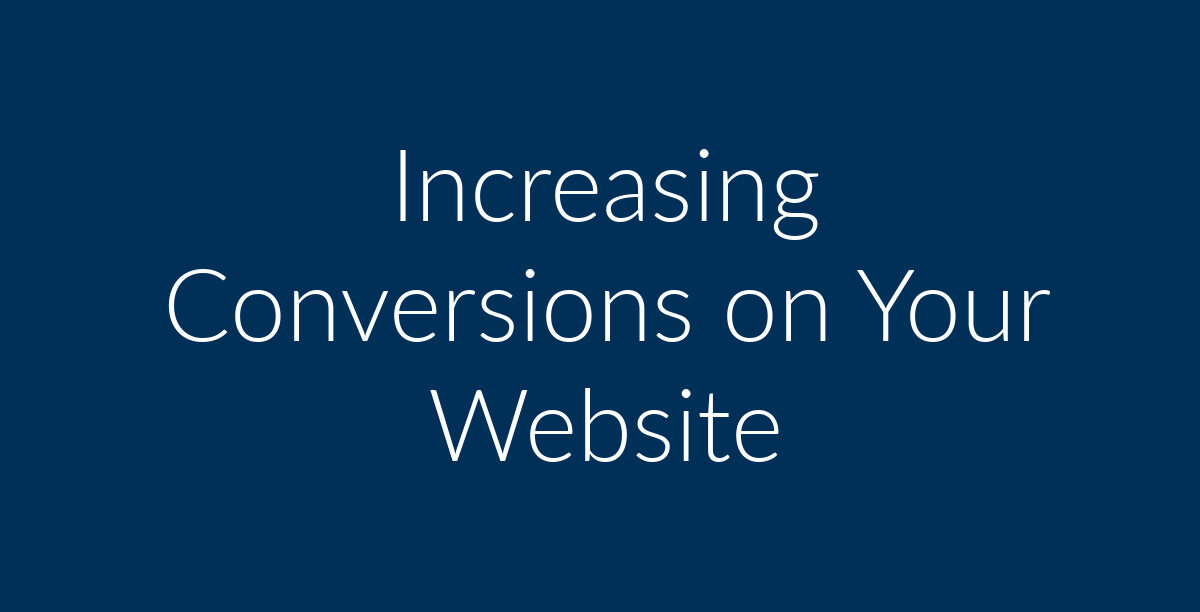Many people approach the web design business as an art, however, business owners will not see the results they are looking for until they approach the website conversion aspect via the scientific method. Therefore, we are going to disclose how you can utilize the scientific method to increase your website conversion and offer a tool that can help you conduct this process easily.
Approaching Website Conversion via Scientific Method
The scientific method is used by scientists to better understand the world. Therefore, if you use it for your website, you will be able to use it to better understand the habits of your visitors and how they react to certain changes on your site. Let’s go over the 5 steps of the scientific process and how they relate to increasing conversions:
Conversion Observations
This is generally done first. Let’s say that you noticed that people aren’t responding to your blue colored call to action button on the homepage, but on one of the inner pages of the website, you notice a high click through rate on your red colored call to action button. A question would be proposed: “Does the color of the call to action button matter?” This would lead to an observation that stimulates a hypothesis.
Constructing a Conversion Hypothesis
A hypothesis is a simple statement, that usually begins with “I believe…” which states what you think the result of the experiment may be. In this situation, we believe that if we change the color of the blue call to action button on the homepage to red, we will see an increase in clickthrough ratio percentage”
Attempting to Perform Prediction
This is where you design the experiment to test the prediction of what you think is going to happen. This is the point of the scientific method in which people begin to “split test” a control group and a variable group by keeping everything the same except for one factor – the color of the call to action button. If you notice that what was predicted did not happen, this does not mean that the experiment failed – it means that there are other factors that are influencing the difference.
Conducting the Experiment
This is the most important part of the experiment. When you are doing an A/B split test in which you are testing the two different colors, you want to make sure that the traffic is allocated in a similar fashion. For example, if landing page design A gets 100 visitors, you will want to do everything possible to make sure landing page B gets a similar amount. Some companies do an 80-20 split instead of a 50-50 split.
Conclusion
A conclusion can have one of two results. Either you can reject the hypothesis, or you cannot reject the hypothesis. You can never prove that the hypothesis is fact because there could have been an experimentation error along the way.
Increasing Conversions Using Visual Website Optimizer
A tool that helps with this process is one called Visual Website Optimizer. It helps you increase your conversion rate by giving you split testing and experimentation tools, multi-variable theory testing, user feedback, analytics, heatmaps (where you can see where users are clicking the most), and automated marketing. By using this, you can conduct this scientific method with minimal web designer knowledge. You can also use Optimizely for split testing and increasing conversions.



